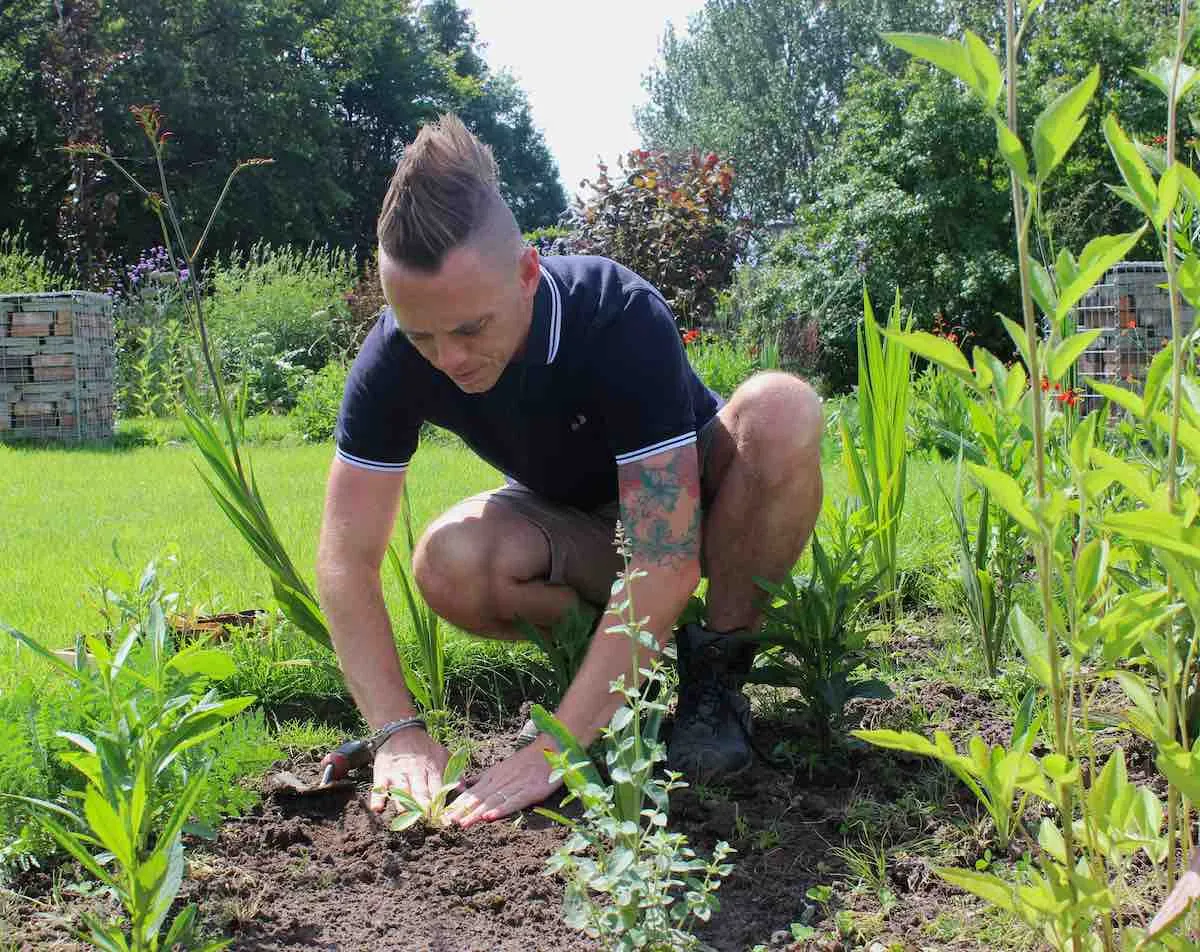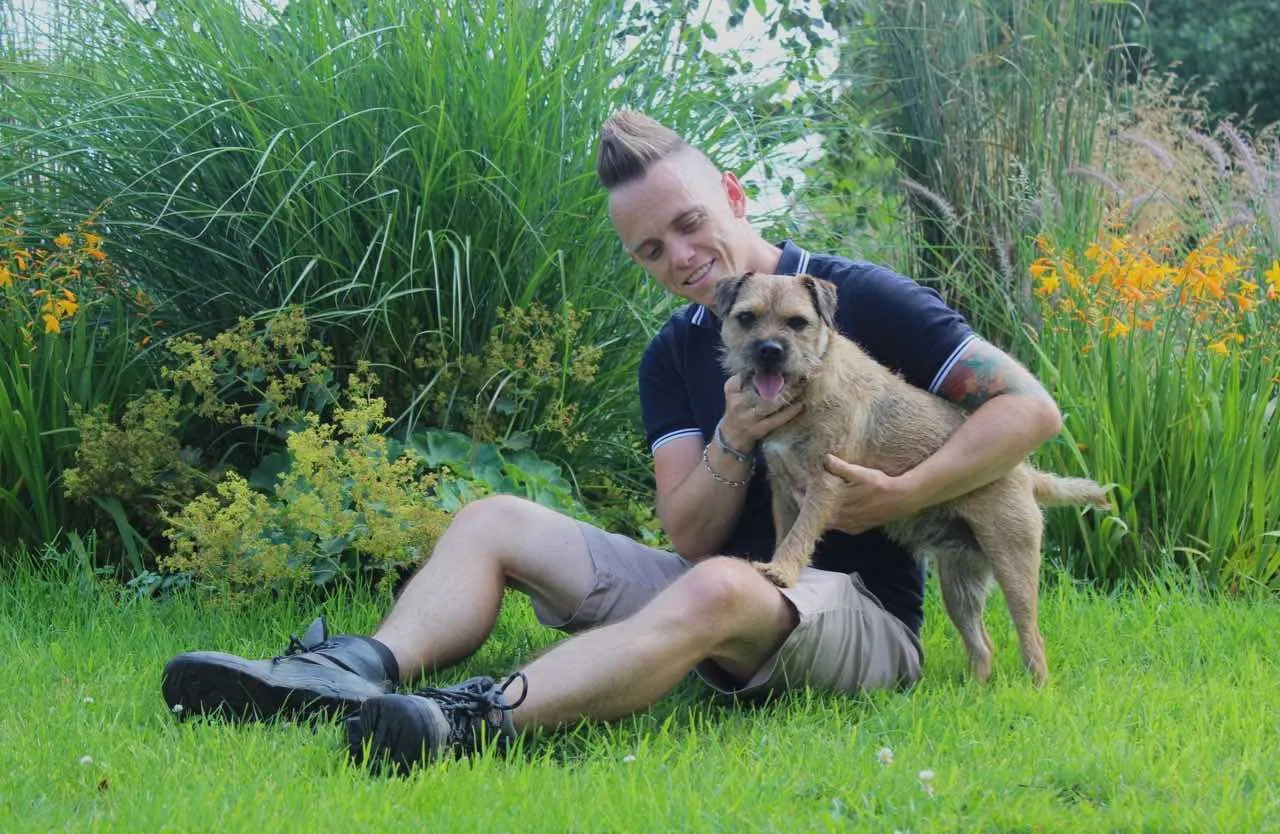Hi @nocluewhatimdoing
Firsatly, great username. We are all about comedy here at Garden Ninja and I'm sure now you're part of the group that username will be incorrect in no time!
It would be helpful if you can upload some pics for me to see.
If you mean the graft (at the top of the stem) then if its come loose or broken then this will impact the plant health and may mean its a gonna, it depends how bad it is, hence the pics would be useful. Let me give a bit more info to help other Ninjas whilst I awai the pictures.
Why Tree Grafts are Necessary
A tree graft is a horticultural technique where the tissues of one plant (called the scion) are joined to another plant (the rootstock) so that they grow together as a single tree. The scion is typically a cutting from a tree with desirable traits, such as tasty fruit or beautiful flowers, while the rootstock is chosen for its hardiness, disease resistance, or ability to control the tree’s size. Once the graft heals and the vascular tissues connect, the scion continues to grow using the rootstock’s established root system.
https://youtu.be/6Z0sK5x_2zs
Grafting is used for several important reasons. It allows growers to reproduce trees with exact genetic characteristics, which is essential for maintaining fruit quality and consistency in orchards. It also enables the combination of different strengths from two plants—such as pairing a delicate but productive scion with a robust and disease-resistant rootstock. Additionally, grafting can speed up fruiting time, repair damaged trees, and allow for the creation of multi-variety or ornamental trees.
Poorly grafted trees can suffer from a wide range of long-term problems that affect their health, growth, and productivity. Below are the key issues associated with poor grafting:
1. Weak Graft Union
When a graft isn’t properly aligned or secured, the union between the rootstock and scion remains structurally weak. This can result in:
-
Reduced nutrient and water flow.
-
A tendency to break or snap in high winds or under the weight of fruit.
-
Lifespan reduction due to mechanical instability.
2. Graft Incompatibility
Sometimes, even if the graft appears successful early on, the rootstock and scion may be genetically or physiologically incompatible. This can cause:
3. Poor Vascular Connection
If the cambial layers of the rootstock and scion were not properly aligned during grafting, the vascular tissues may not connect well, leading to:
-
Restricted transport of water, nutrients, and sugars.
-
Dieback in the scion.
-
Overall weak or uneven growth.
4. Suckering from Rootstock
Improper grafting may encourage the rootstock to produce vigorous shoots (suckers) from below the graft, which:
-
Compete with the scion for resources.
-
Can eventually overtake or weaken the desired variety.
-
Often do not produce desirable fruit or flowers.
5. Disease Entry at Graft Site
A poorly sealed graft is an open invitation for pests, bacteria, and fungi. This can lead to:
-
Cankers, rots, or infections at the union.
-
Graft failure due to decay.
-
Entry points for viruses that are often difficult to control once established.
6. Abnormal Growth or Swelling
Improper grafts may result in unsightly swelling, cracking, or distortion at the union. This is not just cosmetic—it can lead to:
Do send a picture and I can say for sure.
All the best
Lee Garden Ninja
Hi @nocluewhatimdoing
Firsatly, great username. We are all about comedy here at Garden Ninja and I'm sure now you're part of the group that username will be incorrect in no time!
It would be helpful if you can upload some pics for me to see.
If you mean the graft (at the top of the stem) then if its come loose or broken then this will impact the plant health and may mean its a gonna, it depends how bad it is, hence the pics would be useful. Let me give a bit more info to help other Ninjas whilst I awai the pictures.
Why Tree Grafts are Necessary
A tree graft is a horticultural technique where the tissues of one plant (called the scion) are joined to another plant (the rootstock) so that they grow together as a single tree. The scion is typically a cutting from a tree with desirable traits, such as tasty fruit or beautiful flowers, while the rootstock is chosen for its hardiness, disease resistance, or ability to control the tree’s size. Once the graft heals and the vascular tissues connect, the scion continues to grow using the rootstock’s established root system.
Grafting is used for several important reasons. It allows growers to reproduce trees with exact genetic characteristics, which is essential for maintaining fruit quality and consistency in orchards. It also enables the combination of different strengths from two plants—such as pairing a delicate but productive scion with a robust and disease-resistant rootstock. Additionally, grafting can speed up fruiting time, repair damaged trees, and allow for the creation of multi-variety or ornamental trees.
Poorly grafted trees can suffer from a wide range of long-term problems that affect their health, growth, and productivity. Below are the key issues associated with poor grafting:
1. Weak Graft Union
When a graft isn’t properly aligned or secured, the union between the rootstock and scion remains structurally weak. This can result in:
-
Reduced nutrient and water flow.
-
A tendency to break or snap in high winds or under the weight of fruit.
-
Lifespan reduction due to mechanical instability.
2. Graft Incompatibility
Sometimes, even if the graft appears successful early on, the rootstock and scion may be genetically or physiologically incompatible. This can cause:
3. Poor Vascular Connection
If the cambial layers of the rootstock and scion were not properly aligned during grafting, the vascular tissues may not connect well, leading to:
-
Restricted transport of water, nutrients, and sugars.
-
Dieback in the scion.
-
Overall weak or uneven growth.
4. Suckering from Rootstock
Improper grafting may encourage the rootstock to produce vigorous shoots (suckers) from below the graft, which:
-
Compete with the scion for resources.
-
Can eventually overtake or weaken the desired variety.
-
Often do not produce desirable fruit or flowers.
5. Disease Entry at Graft Site
A poorly sealed graft is an open invitation for pests, bacteria, and fungi. This can lead to:
-
Cankers, rots, or infections at the union.
-
Graft failure due to decay.
-
Entry points for viruses that are often difficult to control once established.
6. Abnormal Growth or Swelling
Improper grafts may result in unsightly swelling, cracking, or distortion at the union. This is not just cosmetic—it can lead to:
Do send a picture and I can say for sure.
All the best
Lee Garden Ninja
 Lee Burkhill: Award Winning Designer & BBC 1's Garden Rescue Presenters Official Blog
Lee Burkhill: Award Winning Designer & BBC 1's Garden Rescue Presenters Official Blog



